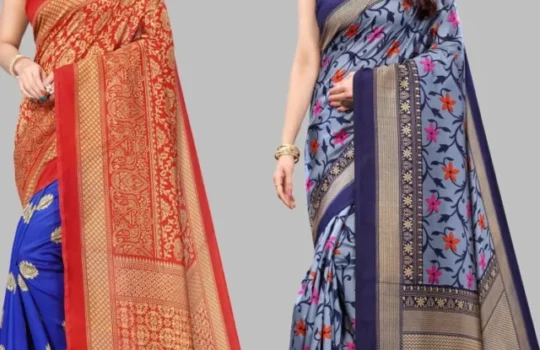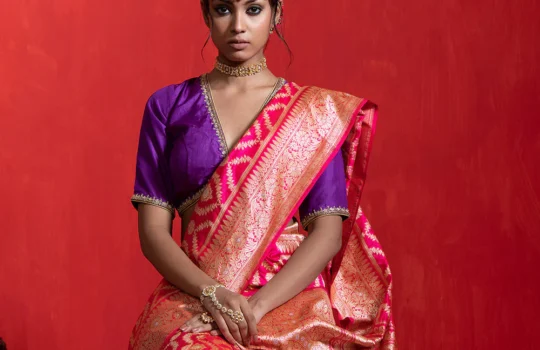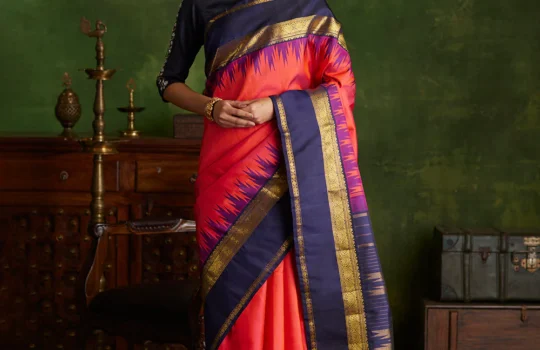The Dazzling Array of Indian Sarees: A Deep Dive into Tradition, Artistry, and Elegance
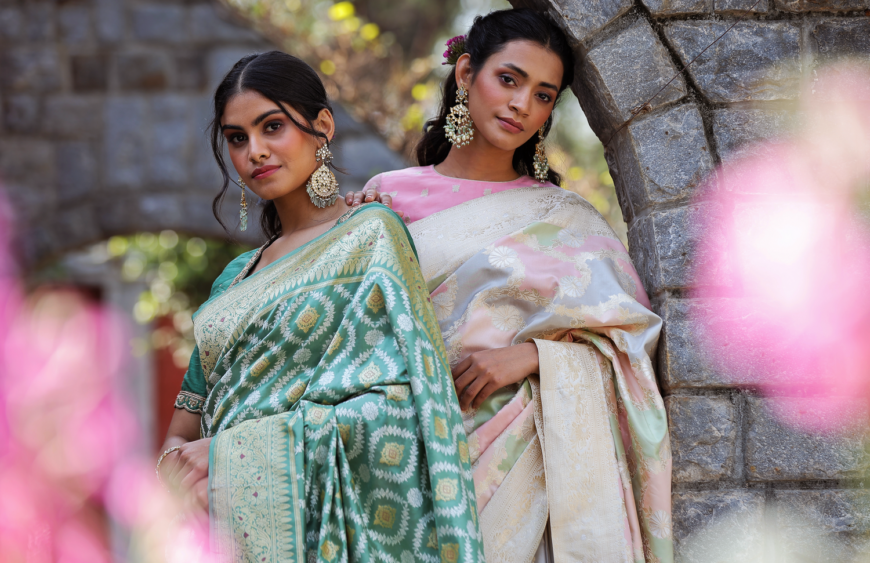
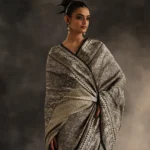

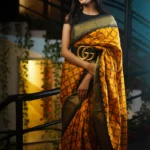
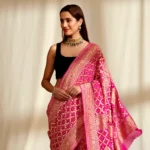
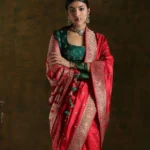
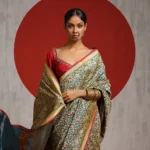
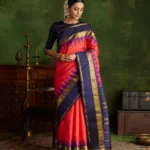
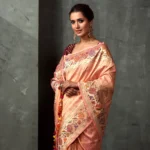
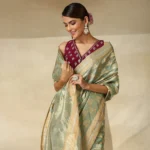
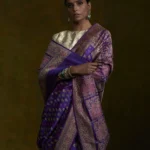
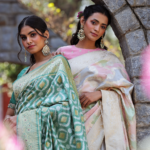
Introduction:
India, renowned for its cultural diversity, is a treasure trove of traditional textiles, with sarees holding a special place in its cultural tapestry. These garments aren’t merely pieces of cloth; they are embodiments of centuries-old craftsmanship, artistry, and regional heritage. Let’s embark on a journey through the intricate world of some of India’s most famous sarees, each weaving a unique narrative.
Banarasi Sari:
- Origin: Varanasi, Uttar Pradesh.
- Existence: Traced back to the Mughal era.
- Characteristics: Opulent silk, intricate zari work.
- Occasion: Weddings, festive celebrations.
The Banarasi saree, born from the looms of Varanasi, is a testament to the opulence and grandeur of Indian textiles. Its origins date back to the Mughal period, where skilled artisans blended Persian and Indian styles, creating a masterpiece. Woven from fine silk and adorned with intricate zari work, the Banarasi saree has become synonymous with bridal wear and high-profile celebrations.
Kanchipuram Silk Sari:
- Origin: Kanchipuram, Tamil Nadu.
- Existence: Over 400 years.
- Characteristics: Pure silk, vibrant colors, temple borders.
- Occasion: Bridal wear, special ceremonies.
Nestled in the heart of Tamil Nadu, Kanchipuram boasts a heritage of silk weaving that spans over four centuries. The Kanchipuram silk saree is a masterpiece crafted from pure silk, featuring vibrant colors and distinctive temple borders. Adorned during weddings and special ceremonies, this saree is a symbol of South Indian tradition and craftsmanship.
Paithani Sari:
- Origin: Paithan, Maharashtra.
- Existence: Over 2000 years.
- Characteristics: Fine silk, peacock and flower motifs.
- Occasion: Traditional Maharashtrian weddings.
Maharashtra’s pride, the Paithani saree, reflects a rich legacy dating back over two millennia. Woven from fine silk and adorned with vivid peacock and flower motifs, it is an integral part of traditional Maharashtrian weddings. The Paithani’s vibrant colors and intricate zari work make it a symbol of cultural richness and artistic finesse.
Chanderi Sari:
- Origin: Chanderi, Madhya Pradesh.
- Existence: Centuries old.
- Characteristics: Lightweight, sheer texture, traditional motifs.
- Occasion: Daytime events, casual gatherings.
The Chanderi saree, hailing from Madhya Pradesh, is a testament to the finesse of traditional weavers. Known for its lightweight and sheer texture, Chanderi sarees are perfect for daytime events and casual gatherings. Adorned with traditional motifs, they exude simplicity and elegance, making them a favorite among saree connoisseurs.
Baluchari Sari:
- Origin: Murshidabad, West Bengal.
- Existence: Over 200 years.
- Characteristics: Silk, elaborate pallu with mythological scenes.
- Occasion: Festivals, cultural events.
Steeped in history, the Baluchari saree from West Bengal is a canvas that tells tales of bygone eras. Crafted from silk, these sarees feature elaborate pallus depicting mythological scenes. Reserved for festivals and cultural events, the Baluchari saree is a living testament to the artistic heritage of West Bengal.
Bandhani Sari:
- Origin: Rajasthan and Gujarat.
- Existence: Ancient art form.
- Characteristics: Tie and dye technique, vibrant patterns.
- Occasion: Festivals, casual wear.
The Bandhani saree, originating from the colorful lands of Rajasthan and Gujarat, is a celebration of the tie and dye technique. With vibrant patterns created through meticulous tie-dyeing, these sarees are popular choices for festivals and casual wear. Each dot on the fabric is a testament to the artisan’s skill and the region’s vibrant culture.
Pochampally Saree:
- Origin: Pochampally, Telangana.
- Existence: Over a century.
- Characteristics: Ikat weaving, geometric patterns.
- Occasion: Formal events, casual outings.
Pochampally, a weaving hub in Telangana, brings forth the artistry of Ikat weaving through its exquisite sarees. Characterized by geometric patterns created through resist dyeing, Pochampally sarees are suitable for both formal events and casual outings. The uniqueness lies in the precision of the dyeing process, creating symmetrical designs that captivate the eye.
Patola Sari:
- Origin: Patan, Gujarat.
- Existence: More than 700 years.
- Characteristics: Double Ikat, rich colors, intricate designs.
- Occasion: Weddings, traditional ceremonies.
Hailing from the ancient city of Patan in Gujarat, the Patola saree is a gem in India’s textile heritage. Woven using the intricate double Ikat technique, these sarees boast rich colors and elaborate designs. Often reserved for weddings and traditional ceremonies, a Patola saree is a symbol of cultural richness and timeless elegance.
Sambalpuri Saree:
- Origin: Sambalpur, Odisha.
- Existence: Centuries old.
- Characteristics: Ikat or tie-dye, traditional motifs.
- Occasion: Cultural events, daily wear.
The Sambalpuri saree, rooted in the craftsmanship of Odisha, showcases the beauty of Ikat or tie-dye. With traditional motifs adorning the fabric, Sambalpuri sarees are versatile, suitable for both cultural events and daily wear. The vibrant colors and intricate patterns make them a sought-after choice among saree enthusiasts.
Bhagalpuri Silk Sari:
- Origin: Bhagalpur, Bihar.
- Existence: Renowned for silk trade for centuries.
- Characteristics: Tussar silk, natural colors.
- Occasion: Formal events, office wear.
Bihar’s contribution to the world of silk sarees is encapsulated in the Bhagalpuri silk saree. Renowned for centuries for its silk trade, Bhagalpur produces sarees crafted from Tussar silk, known for its natural colors and texture. Suitable for formal events and even office wear, Bhagalpuri silk sarees embody simplicity with a touch of sophistication.
Silk Saree:
- Pan-India.
- Existence: Since ancient times.
- Characteristics: Varied silk types – Kanjeevaram, Banarasi, Mysore Silk, etc.
- Occasion: Versatile – weddings to festivals.
While each region has its specialty, the Silk saree stands as a pan-Indian symbol of elegance. Whether it’s the Kanjeevarams of the South, the Banarasis of the North, or the Mysore Silks of the West, silk sarees have been a part of Indian culture since ancient times. Versatile in their use, they grace occasions ranging from weddings to festive celebrations.
Conclusion:
The rich tapestry of Indian sarees is a testament to the country’s diverse cultural heritage and artistic prowess. Each saree is more than a garment; it’s a story woven with threads of tradition, history, and skilled craftsmanship. As we celebrate these magnificent weaves, let’s also acknowledge and honor the artisans who have preserved and enriched this cultural legacy for generations. Adorning an Indian saree isn’t just about wearing fabric; it’s about donning a piece of art that encapsulates the soul of a region and the spirit of a people.

